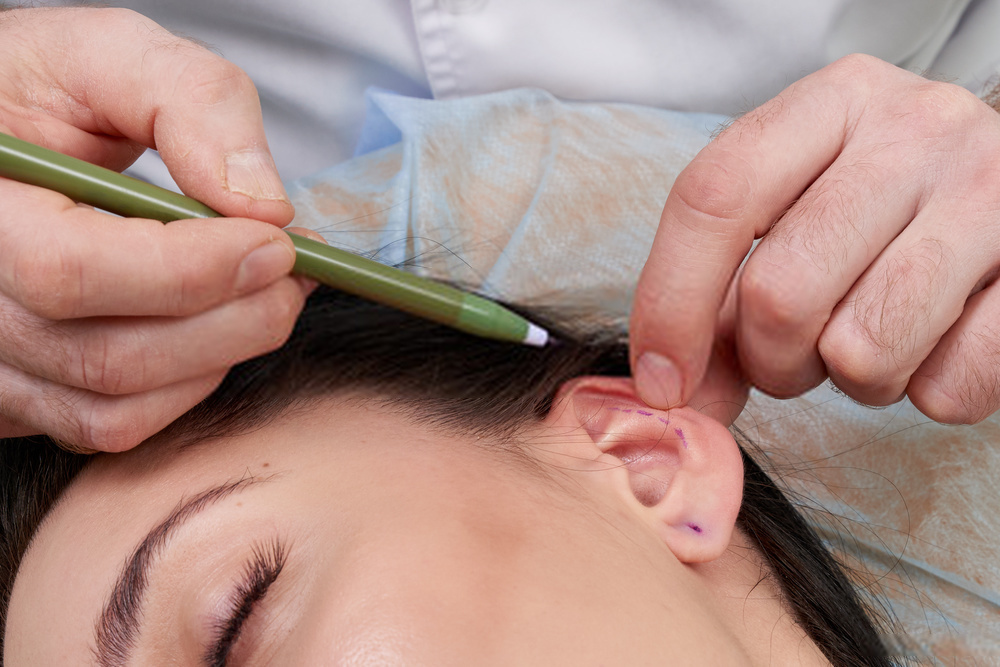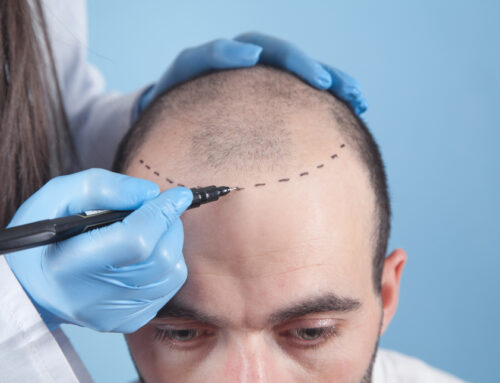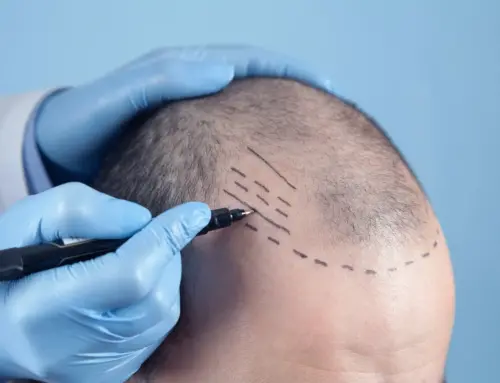Women’s Hair Transplant Turkey
Turkey is a popular destination for women seeking hair transplant surgery due to its experienced surgeons, advanced techniques, and affordability. The process involves a consultation, the surgery under local anesthesia, and a recovery period, with results visible in a few months. Techniques like Follicular Unit Extraction (FUE) and Direct Hair Implantation (DHI) are commonly used, offering natural-looking outcomes.
How much is a hair transplant for a woman?
Costs range from $1,500 to $4,000, significantly lower than in many Western countries. Choosing the right clinic involves researching reputation, surgeon credentials, and post-operative care. Comprehensive packages often include accommodation and transfers, providing a seamless experience.

Women’s Hair Transplant Turkey
How long does a female hair transplant last?
A female hair transplant is generally considered a permanent solution, as the transplanted hair follicles are typically resistant to the hormones that cause hair loss and are expected to continue growing for a lifetime.
How many hair grafts do I need female?
The number of hair grafts needed for a female hair transplant varies depending on the extent of hair loss and individual goals. Generally, it can range from 600 grafts for minimal hair loss to 3,000 or more grafts for extensive hair loss. The specific number is best determined by consulting with a hair restoration specialist.
To determine the exact number of grafts you need for a hair transplant, it’s important to consult with a hair restoration expert. They can assess your hair loss using scales like the Norwood-Hamilton (for men) or Ludwig (for women). The degree of hair loss will guide the number of grafts required to achieve your desired results. Costs vary based on the number of grafts and the chosen procedure type.
Is female hair transplant worth it?
Determining if a female hair transplant is worth it depends on individual circumstances, including the extent of hair loss, desired outcomes, and the value placed on the potential boost in self-confidence and appearance. Many find it a worthwhile investment for its permanent solution to hair loss, significantly improving their quality of life. However, it’s crucial to have realistic expectations and choose a reputable surgeon to ensure the best possible results.
Also, consider the financial aspect and potential side effects or risks associated with surgery. Research, consult with specialists, and weigh the pros and cons based on your personal situation, health, and aesthetic goals to make an informed decision.
Does female hair transplant hurt?
Female hair transplant procedures are performed under local anesthesia, which minimizes pain during the surgery. Patients may experience discomfort or mild pain post-surgery, which can typically be managed with prescribed pain medications. The level of pain varies from person to person but is generally described as minimal to moderate.
After the anesthesia wears off, some swelling and sensitivity in the treated areas are common. Most patients report that these symptoms are manageable and subside within a few days to a week. Follow-up care instructions provided by the surgeon can help minimize discomfort and facilitate a smoother recovery.
How can a woman hide her hair transplant?
A woman can hide her hair transplant by using strategic hairstyling or hair products to cover the treated areas, wearing hats or scarves, or opting for temporary hairpieces or wigs. Additionally, choosing a technique that requires minimal shaving, such as the no-shave FUE method, can make it easier to conceal the transplant areas during the healing process.
Do girls have to shave their head for a hair transplant?
Women do not always have to shave their heads for a hair transplant. Some techniques, like the no-shave FUE (Follicular Unit Extraction), allow for the transplant without shaving or with minimal shaving of the donor area, making the procedure less noticeable. This can depend on the extent of the treatment area and the specific technique used by the surgeon.
Update : 18.03.2024



